What are you looking for at Aqrani library?
-
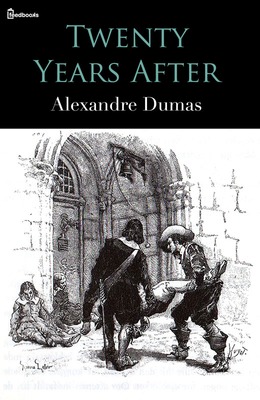
Twenty Years After
First serialized from January to August, 1845, Twenty Years After is the second book in The D’Artagnan Romances, and follows the gallant adventures of the musketeers, as they are once again summoned to alleviate the various threats that lurk in the political scene of France, as the country is threatened by a possible uprising. Enriched with exciting and well-developed characters, the novel adds more detail to its familiar characters, as the musketeers have matured and are portrayed in a more introspective light. Set twenty years after the conclusion of its predecessor, Twenty Years After commences with the appearance of d’Artagnan, who despite his propitious circumstances to progress in his area of interest, remains a lieutenant in the Musketeers for twenty years. Conversely, much has changed in the political scene of France during the twenty-year period, as the country is ruled by chief-minister, Cardinal Mazarin, who is loathed by much of the French population.
-

Underground City Child of...
Covering a time span of over ten years, this novel follows the fortunes of the mining community of Aberfoyle near Stirling, Scotland. Receiving a letter from an old colleague, mining engineer James Starr sets off for the old Aberfoyle mine, thought to have been mined out ten years earlier. Starr finds mine overman Simon Ford and his family living in a cottage deep inside the mine; he is astonished to find that Ford has made a discovery of the presence of a large vein of coal. Accompanying Simon Ford are his wife, Madge, and adult son, Harry.
-
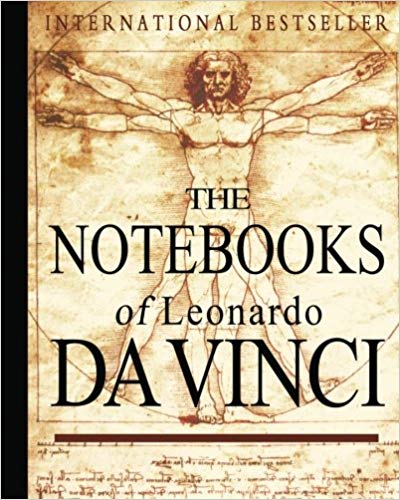
The Notebooks of Leonardo...
One of the most accomplished human beings who ever lived, Leonardo da Vinci remains the quintessential Renaissance genius. Creator of the world’s most famous paintings, this scientist, artist, philosopher, inventor, builder, and mechanic epitomized the great flowering of human consciousness that marks his era.
-
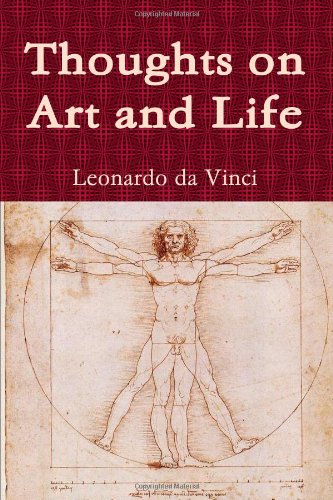
Thoughts-on Art and Life
A fascinating collection of writings from the great polymath of the Italian Renaissaince, Leonardo da Vinci. There are sections covering the great man's thoughts on life, art and science. Maurice Baring trawled the available manuscripts to distil da Vinci's writings on these subjects into a single, accessible tome, which will be of interest to students of da Vinci, the Renaissance and the history of both art and science.
-

Memoir of Fleeming Jenkin
This work has been selected by scholars as being culturally important, and is part of the knowledge base of civilization as we know it. This work was reproduced from the original artifact, and remains as true to the original work as possible. Therefore, you will see the original copyright references, library stamps (as most of these works have been housed in our most important libraries around the world), and other notations in the work. This work is in the public domain in the United States of America, and possibly other nations. Within the United States, you may freely copy and distribute this work, as no entity (individual or corporate) has a copyright on the body of the work. As a reproduction of a historical artifact, this work may contain missing or blurred pages, poor pictures, errant marks, etc. Scholars believe, and we concur, that this work is important enough to be preserved, reproduced, and made generally available to the public. We appreciate your support of the preservation process, and thank you for being an important part of keeping this knowledge alive and relevant.
-
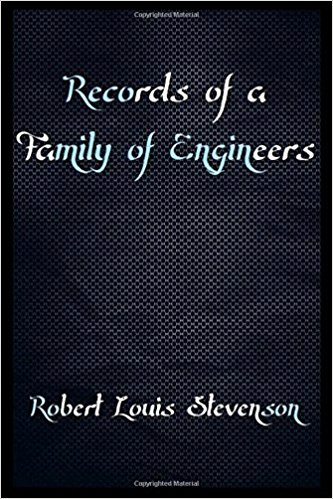
Records of a Family of En...
This edition features linked Footnotes. CHAPTER I It is believed that in 1665, James Stevenson in Nether Carsewell, parish of Neilston, county of Renfrew, and presumably a tenant farmer, married one Jean Keir; and in 1675, without doubt, there was born to these two a son Robert, possibly a maltster in Glasgow. In 1710, Robert married, for a second time, Elizabeth Cumming, and there was born to them, in 1720, another Robert, certainly a maltster in Glasgow. In 1742, Robert the second married Margaret Fulton (Margret, she called herself), by whom he had ten children, among whom were Hugh, born February 1749, and Alan, born June 1752. With these two brothers my story begins. Their deaths were simultaneous; their lives unusually brief and full. Tradition whispered me in childhood they were the owners of an islet near St. Kitts...
-
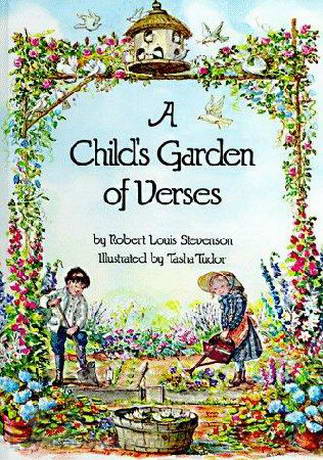
A Child s Garden of Verse...
All the joys and sorrows, fears and fantasies of an imaginative solitary child are brought together in this edition of a much-loved classic. Stevenson's timeless verses bear witness to a happy childhood and create a treasure garden for every child to explore.
-

A Kidnapped Santa Claus
Santa Claus merely laughs at their clumsy efforts. (The obvious model for these episodes is the Temptation of Christ in the Synoptic Gospels.) Failing at temptation, the Daemons instead kidnap Santa Claus; they lasso him as he is riding in his sleigh on Christmas Eve, and bind him in their caverns.
-
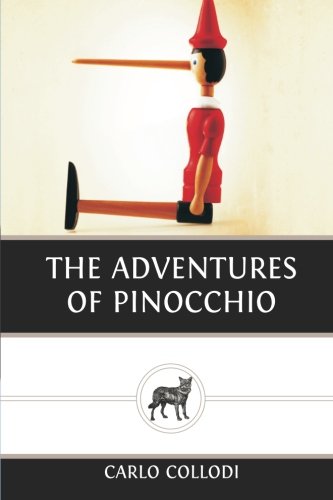
Adventures of Pinocchio
An old carpenter carves a little wooden puppet from a mysterious piece of wood that seems to have the ability to talk! He begins to love the little creature like his own son and names him Pinocchio. But the mischievous fellow runs away from his loving father as soon as he learns to walk. The Adventures of Pinocchio by Carlo Collodi follows the misadventures and naughty exploits of this delightfully “human” puppet who in his heart of hearts longs only to become a real boy. Carlo Collodi was the pen name of a gifted writer of children's books, Carlo Lorenzini who lived in Florence, Italy, during the late 19th century. He was also a political activist and author of several novels, short novels, articles and sketches for adults. He began writing for children in 1876 and translated children's literature from other languages into Italian.
-

Alices Adventures in Wond...
"Alice was beginning to get very tired of sitting by her sister on the bank, and of having nothing to do. Once or twice she had peeped into the book her sister was reading, but it had no pictures or conversations in it, "and what is the use of a book," thought Alice, "without pictures or conversations?" So she was considering in her own mind (as well as she could, for the day made her feel very sleepy and stupid), whether the pleasure of making a daisy-chain would be worth the trouble of getting up and picking the daisies, when suddenly a White Rabbit with pink eyes ran close by her..."